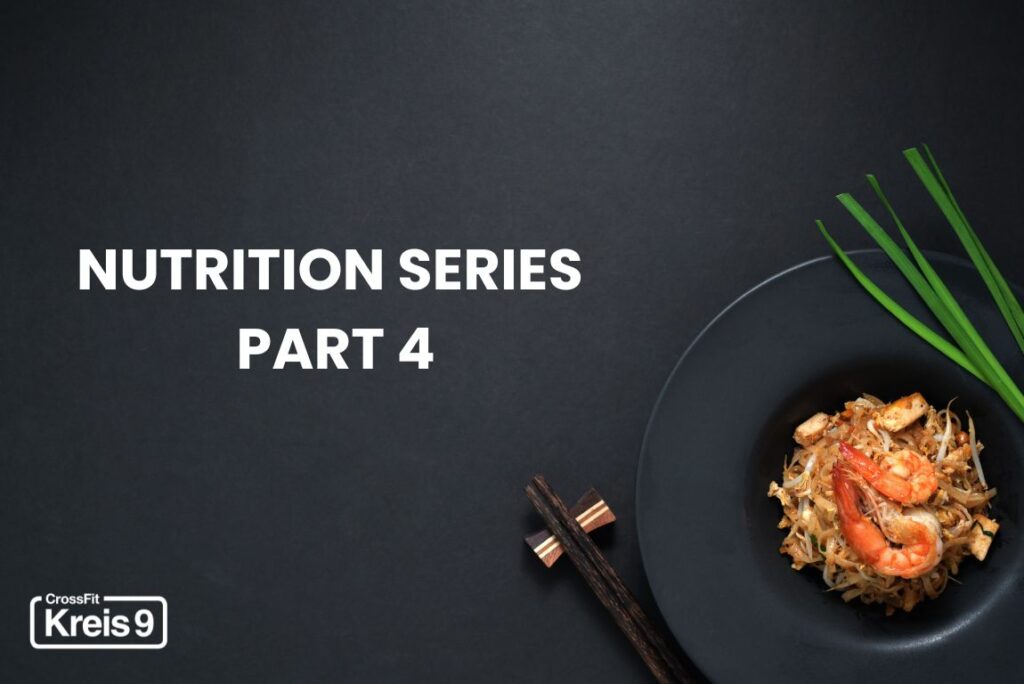
How to change eating habits? You now understand why we eat, how much we need, and what we should be eating. But none of that matters unless we’re able to actually change how we eat—and stick with it.
Changing eating habits isn’t about finding more willpower. It’s about understanding that habits are learned behaviors, and they can be reshaped with intention, patience, and practice.
Let’s look at what makes eating habits so powerful—and how we can begin to shift them in a sustainable way.
Habits are stronger than motivation
Most people think they need more discipline to eat better. But the truth is, discipline comes and goes. What you need is a system—habits that make eating well easier than not.
Here’s why eating habits are so deeply ingrained:
- We eat multiple times a day, every day.
- Most meals are chosen automatically—based on routine, convenience, or emotion.
- Food is tied to culture, family, emotions, and identity.
And here’s the real kicker: you can’t just “stop eating.”
Unlike quitting smoking or avoiding alcohol, we need to eat to survive. We must engage with food every day. That makes food habits uniquely hard to change. There’s no such thing as “just cutting it out completely.”
This is also why all-or-nothing doesn’t work. If you’ve ever told yourself, “I’ll eat perfectly from Monday,” you know how fragile that mindset is. One unplanned snack and the whole plan collapses. Real change means learning to navigate the grey zone—not aiming for perfection.
Start with what you already do
The most powerful way to change a habit is to build on one that already exists. Instead of creating a totally new routine, try:
- Adding a handful of vegetables to your existing lunch
- Drinking a glass of water before your morning coffee
- Prepping tomorrow’s breakfast while making dinner today
These are small, realistic tweaks to things you already do. And they add up fast.
Understand your triggers
Food choices are often emotional or environmental. You might not be hungry—you might be:
- Bored
- Tired
- Anxious
- Celebrating
- Stressed
- Socializing
Understanding why you’re reaching for food is key. If your habit is snacking at 4 pm when you’re tired and distracted, the fix isn’t just “don’t snack”—it might be adjusting your lunch, standing up from your desk, or planning a healthy 4 pm option.
Food is more than fuel
As discussed in Part 1, we eat for three core reasons: energy, nutrients, and social connection. The social aspect of food is powerful, and often underestimated.
We eat to celebrate. We eat with friends. We share meals with family. We connect through food.
That’s why it’s unrealistic—and unhealthy—to treat food like just fuel. Eating in isolation, or following strict rules that cut you off from social eating, isn’t sustainable for most people. Any approach that ignores the emotional and cultural side of eating is likely to fail.
Changing eating habits doesn’t mean cutting joy out of food. It means learning how to eat in ways that support both your physical and mental health—without sacrificing your life in the process.
Make the healthy choice the easy choice
Want to change what you eat? Don’t rely on willpower—rely on your environment.
What’s visible and accessible gets eaten.
That means:
- Stock your fridge with foods you want to eat more of
- Keep snacks out of sight (or out of the house)
- Prep once to eat well for days
- Carry a protein-rich snack with you if you’re often on the go
- Eat from a plate, not from a package
Environment shapes behavior. Use that to your advantage.
Progress, not perfection
You will eat emotionally. You will forget your lunch. You will eat cake at someone’s birthday. And that’s okay.
The goal isn’t to eat “clean” forever—it’s to eat in a way that supports your energy, performance, and wellbeing over time.
If your habits are 80% solid, the other 20% won’t matter. But if your habits are chaotic 80% of the time, no “perfect” week will make up for it.
Focus on consistency, not extremes.
Be aware of your story
The hardest habits to change are tied to how we see ourselves.
If your story is:
- “I’m just not a healthy eater.”
- “I have no time to cook.”
- “I always fall off the wagon.”
Then your habits will reinforce that belief.
But if you can shift that story to:
- “I’m someone who’s learning to fuel their body.”
- “I’m building better routines, one step at a time.”
- “I can figure out what works for me.”
Then your identity begins to align with the habits you want—and change gets easier.
Be patient. And kind.
Most people try to change their habits too fast, with too much pressure. When it doesn’t work, they assume something is wrong with them. But there’s nothing wrong with you. You’re just human.
Change is a process. The goal is to stay in the process long enough for it to stick. That means:
- One change at a time
- Focus on repetition, not intensity
- Don’t skip twice
- Celebrate what’s going well
- Keep going, even when you mess up
How to change eating habits; want help along the way?
Changing eating habits is hard to do alone. Sometimes, it’s helpful to talk with someone who listens to your goals, your lifestyle, and your challenges—and helps you build something that actually works.
That’s what we do in nutrition coaching at CrossFit Kreis 9. It’s not a diet. It’s a partnership built on education, accountability, and your real life.
Read Sarah’s story on how she changed her habits and body composition here.




